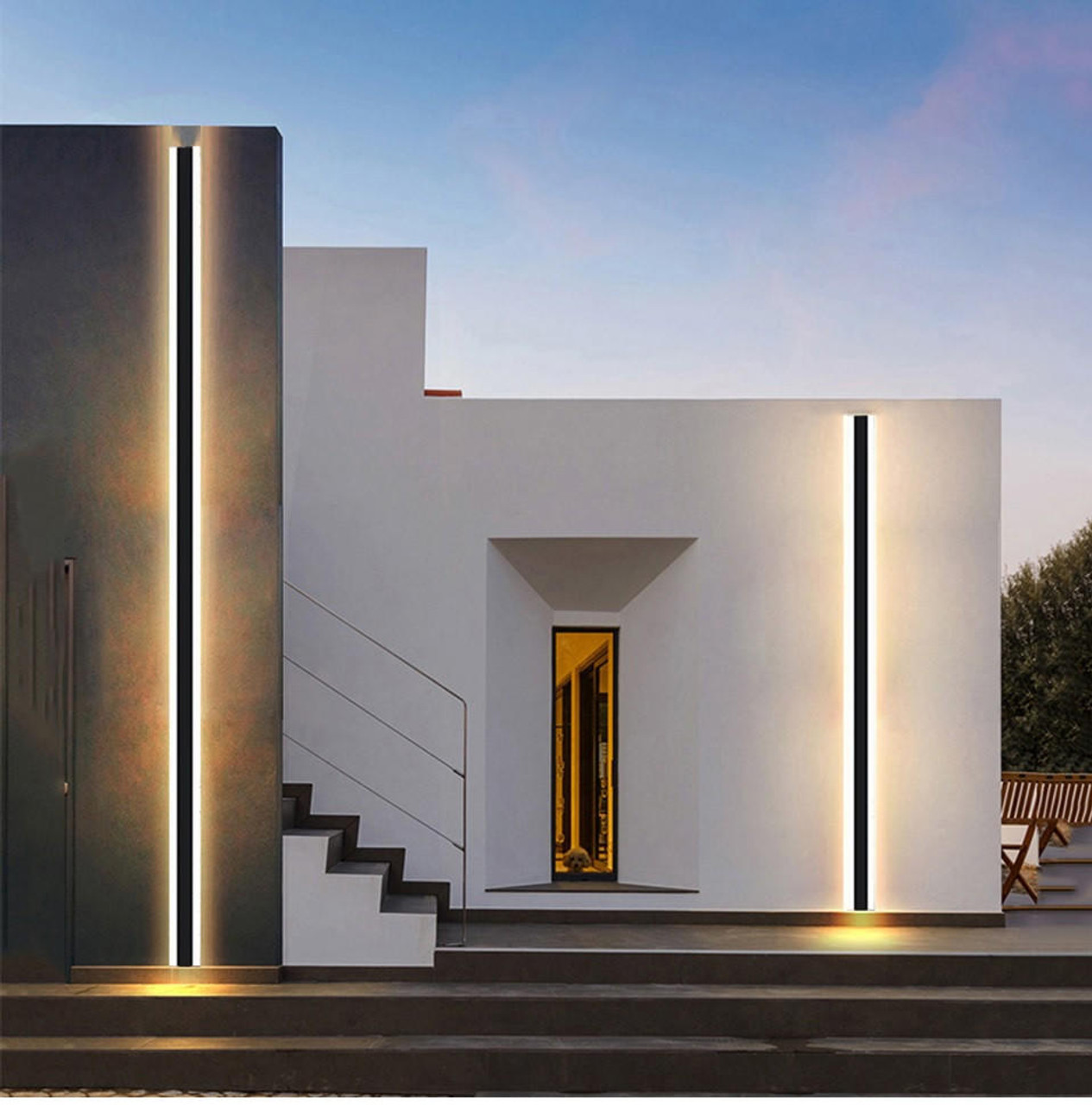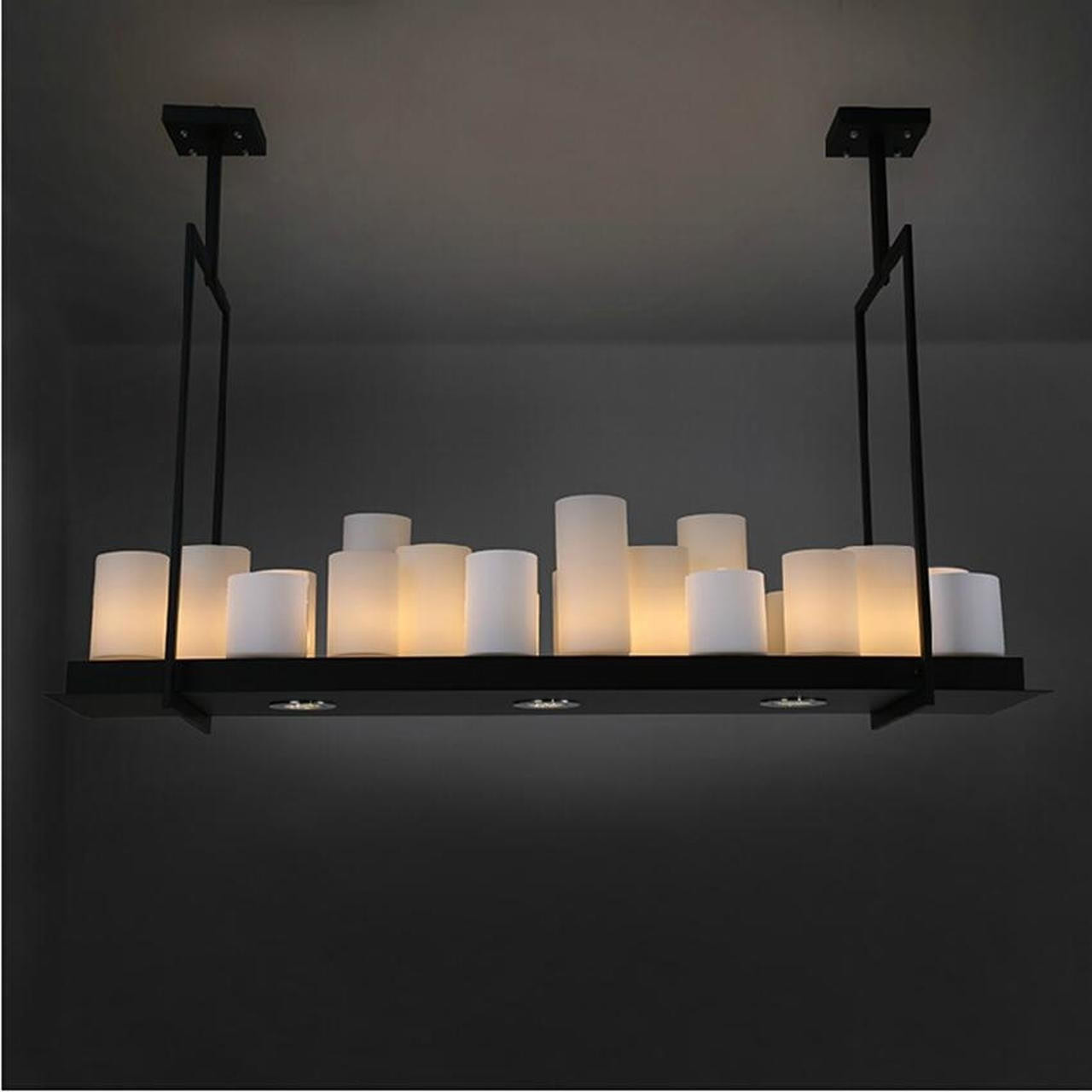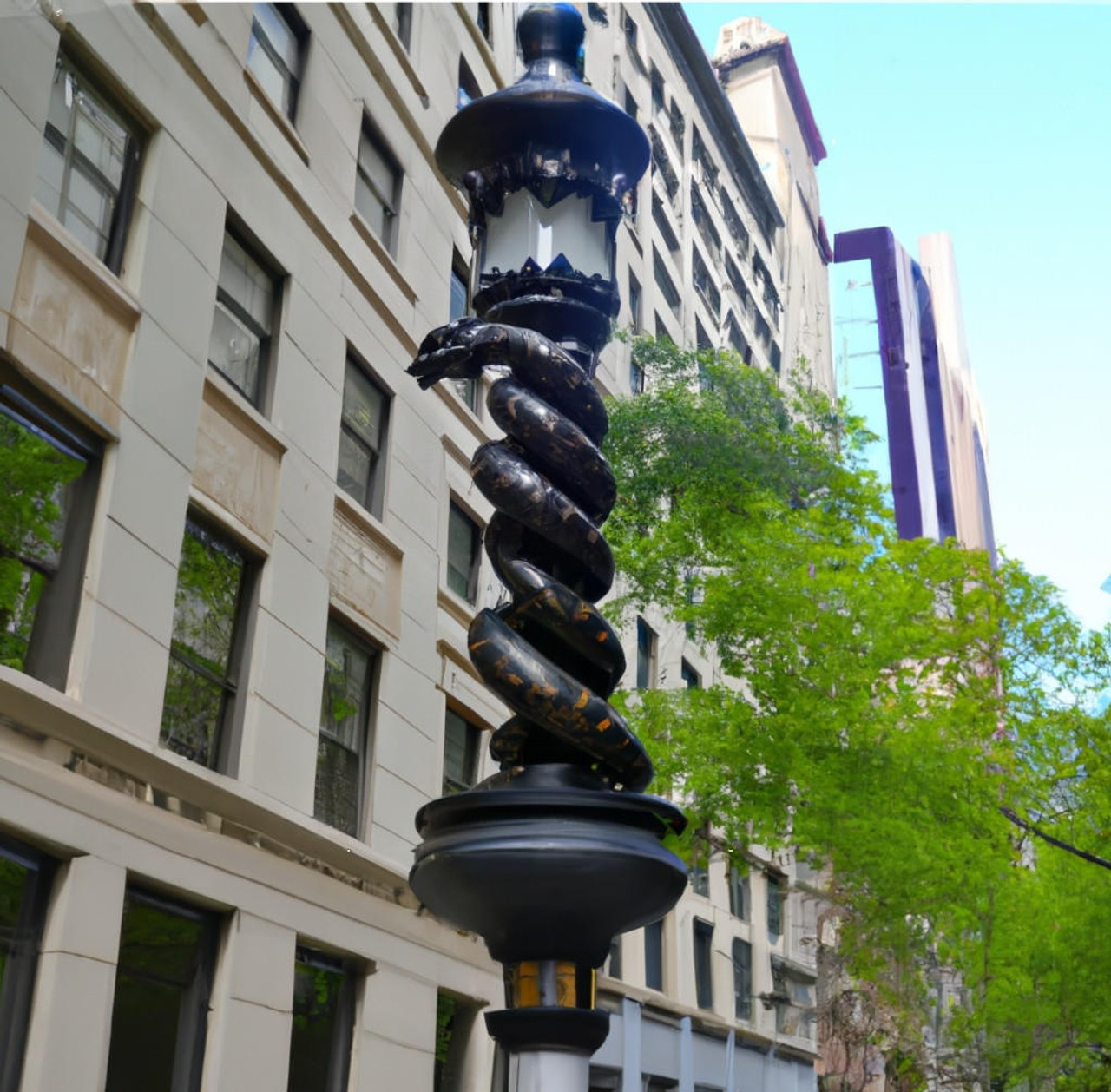The Influence of the Apple Store Architect on Retail Design
Sep 01, 2024
The Influence of the Apple Store Architect on Retail Design
Apple Stores are not just retail spaces; they are iconic landmarks that reflect the essence of the brand—innovation, simplicity, and elegance. The distinctiveness of these stores can be attributed to the visionary approach of the Apple Store architect. This blog delves into how the Apple Store architect has shaped these spaces, transforming them into global symbols of modern retail architecture.
The Vision of the Apple Store Architect
The Apple Store architect is more than just a designer; they are a storyteller who conveys Apple's brand identity through architectural elements. From the beginning, Apple's leadership recognized the importance of a physical presence that matched the company’s technological innovation. Steve Jobs, understanding the power of design, collaborated closely with architectural firms to create spaces that were not only functional but also inspiring.
The first Apple Stores, opened in 2001, were designed by the architectural firm Bohlin Cywinski Jackson (BCJ). This partnership marked the beginning of a new era in retail architecture. BCJ’s approach to the Apple Store architecture was rooted in modernism, focusing on transparency, light, and open spaces. The design emphasized simplicity, a core tenet of Apple’s product design philosophy, ensuring that the stores themselves became an extension of the brand.
Key Elements of Apple Store Architecture
Transparency and Openness
One of the most notable contributions of the Apple Store architect is the emphasis on transparency. The extensive use of glass in Apple Stores—whether it’s the façade, the staircases, or the skylights—creates an open and inviting atmosphere. This design choice allows natural light to flood the interior, highlighting the products and making the space feel more welcoming.
For instance, the glass cube entrance of the Apple Store on Fifth Avenue in New York City is a prime example of this design philosophy. The cube, designed by Foster + Partners, another architectural firm that has worked closely with Apple, is a minimalistic yet powerful statement that draws visitors into the space. The Apple Store architect's use of glass not only enhances the aesthetic appeal but also symbolizes the transparency of the brand.
Minimalism and Functionality
The Apple Store architect is known for embracing minimalism, ensuring that the stores are free from unnecessary clutter. This design choice is not just about aesthetics; it’s about creating a functional space where the products are the focal point. The interiors of Apple Stores are characterized by clean lines, neutral colors, and open floor plans. This minimalist approach allows customers to focus on the products without distraction.
The tables, made of light-colored wood, are another signature element of Apple Store architecture. They are designed to be at the perfect height for interaction, encouraging customers to engage with the products on display. The simplicity of the store’s layout is a reflection of Apple’s broader design philosophy, where form follows function.
Integration with Technology
Another crucial aspect of Apple Store architecture is the seamless integration of technology. The Apple Store architect ensures that the technology within the store enhances the customer experience. This can be seen in the interactive displays, the Genius Bar, and the integration of mobile payment systems. The stores are designed to facilitate easy access to information, with iPads and other devices strategically placed throughout the space.
Moreover, the Apple Store architect incorporates innovative construction techniques and materials to reflect the brand’s technological prowess. For example, the use of carbon fiber in the roof structure of the Apple Store in Chicago or the massive sliding glass doors of the Apple Store in San Francisco demonstrate how architecture and technology are intertwined in these spaces.
Evolution of Apple Store Architecture
Foster + Partners and the Next Generation of Apple Stores
In 2013, Apple began working with the architectural firm Foster + Partners, led by the renowned architect Sir Norman Foster. This collaboration marked a new chapter in Apple Store architecture, with a focus on creating spaces that are not only aesthetically pleasing but also environmentally sustainable.
Under the guidance of the Apple Store architect from Foster + Partners, newer stores have been designed to be more than just retail spaces; they are community hubs. These stores feature large, open spaces that can be used for events, workshops, and gatherings. The "Town Square" concept, introduced by Foster + Partners, transforms Apple Stores into places where people can come together to learn, create, and collaborate.
Sustainability has also become a key focus for the Apple Store architect. Many new stores are built with environmentally friendly materials, and they incorporate features such as solar panels, green roofs, and natural ventilation systems. The Apple Store in San Francisco, for example, is powered entirely by renewable energy, reflecting the company’s commitment to sustainability.
Iconic Apple Stores Around the World
The influence of the Apple Store architect is evident in the unique designs of stores around the world. Each location is tailored to its environment, yet all share the common elements of transparency, minimalism, and technological integration.
- Apple Store, Fifth Avenue, New York City: The glass cube entrance, a masterpiece of minimalism, has become one of the most photographed landmarks in the city. The underground store, accessible via a glass spiral staircase, exemplifies the Apple Store architect’s commitment to innovation and elegance.
- Apple Park Visitor Center, Cupertino: Designed by Foster + Partners, this store is located on the Apple campus and serves as a gateway for visitors to experience the brand’s innovation. The building’s floating carbon fiber roof and extensive use of glass reflect Apple’s cutting-edge approach to architecture.
- Apple Store, Dubai Mall: This store features 186-foot curved glass windows that offer stunning views of the Burj Khalifa and the Dubai Fountain. The design incorporates “Solar Wings,” which respond to environmental conditions, further showcasing the Apple Store architect’s focus on sustainability.
The Impact of Apple Store Architects on Retail Design
The influence of the Apple Store architect extends beyond Apple itself. The design principles pioneered in Apple Stores have had a profound impact on retail architecture globally. Other brands have taken inspiration from Apple’s minimalist, customer-focused approach, leading to a new standard in retail design.
Retail spaces are now increasingly designed to be experiences rather than just places to buy products. The Apple Store architect’s focus on transparency, functionality, and technology has set a precedent for how retail spaces can enhance the customer journey, making shopping more enjoyable and engaging.
Conclusion
Apple Store architecture is a testament to the power of design in shaping the customer experience. The Apple Store architect, through a commitment to innovation, minimalism, and sustainability, has created spaces that are not only functional retail environments but also cultural landmarks. As Apple continues to evolve, so too will its stores, each one a reflection of the brand’s ongoing pursuit of excellence in design and technology.
The Apple Store architect’s work goes beyond bricks and mortar; it’s about creating spaces that inspire, engage, and connect with people on a deeper level. Whether through the use of cutting-edge materials, the integration of technology, or the creation of community-focused environments, the Apple Store architect continues to redefine what a retail space can be.





